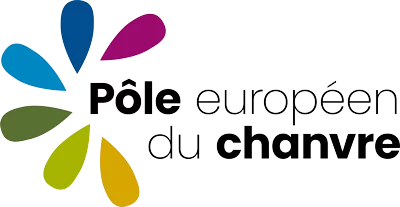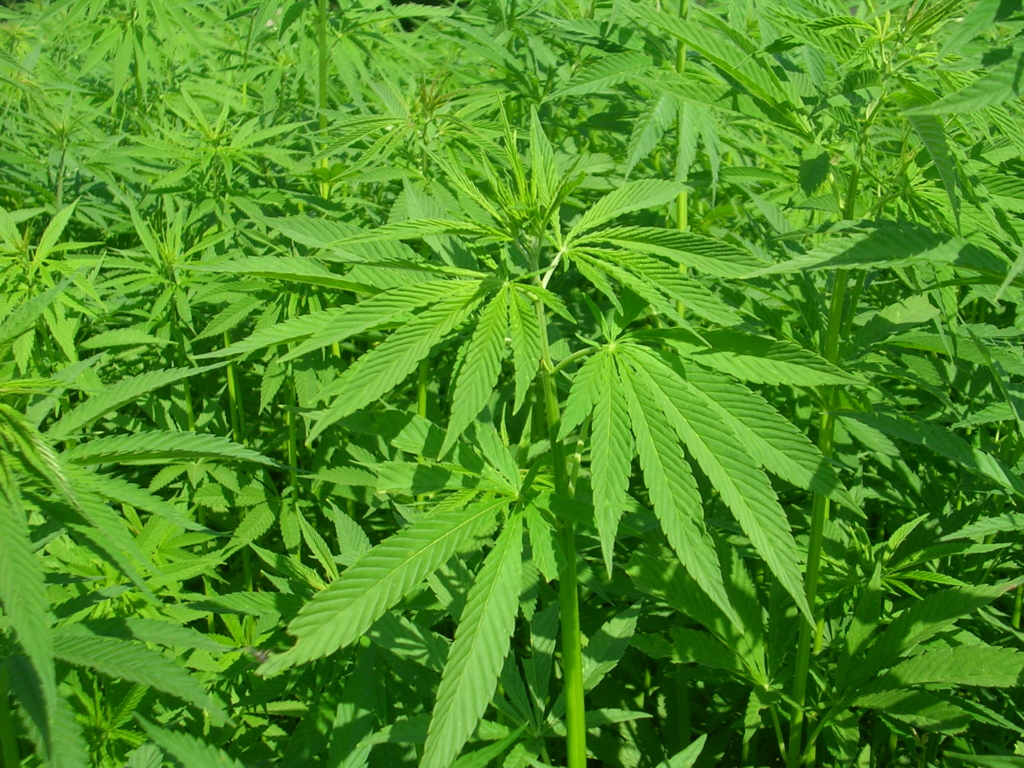Hemp, which requires little water and is largely grown in France, could become an alternative to cotton. The work carried out by the Hemp European Hub to develop a long fiber suitable for weaving and knitting is moving in this direction for products that would incorporate as much hemp as possible.
A clear objective: to increase the share of hemp in textiles.
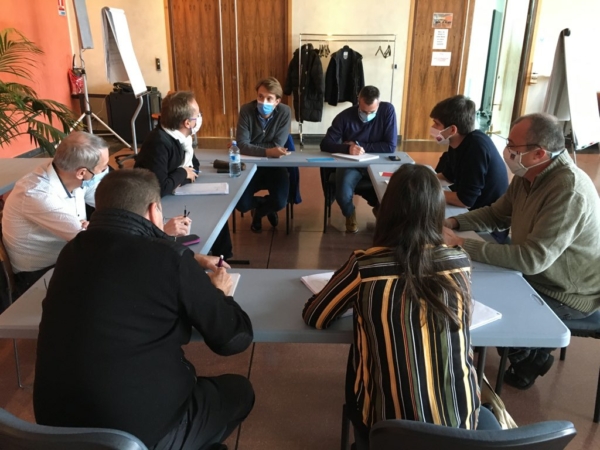
“Three textile organizations—the Union des Industries Textiles de Champagne-Ardenne, the Syndicat Textile de l’Est, and the Pôle Textile Alsace—are working together to organize the sector in the Grand Est region. We are moving forward together on the use and deployment of bast fibers, particularly hemp,” explains Sylvia Maucort, general delegate of the UIT-CA and coordinator of the Textile Technical Group of the Hemp European Hub.
“The three organizations are positioned in three different areas with different companies. We therefore need to adapt our developments and think in terms of expertise. Troyes is the birthplace of soft knitwear and cotton processing. In the Vosges, with the Syndicat Textile de l’Est, we focus on household linen, while in Alsace, the emphasis is more on technical textiles.”
Write the specifications for textile hemp
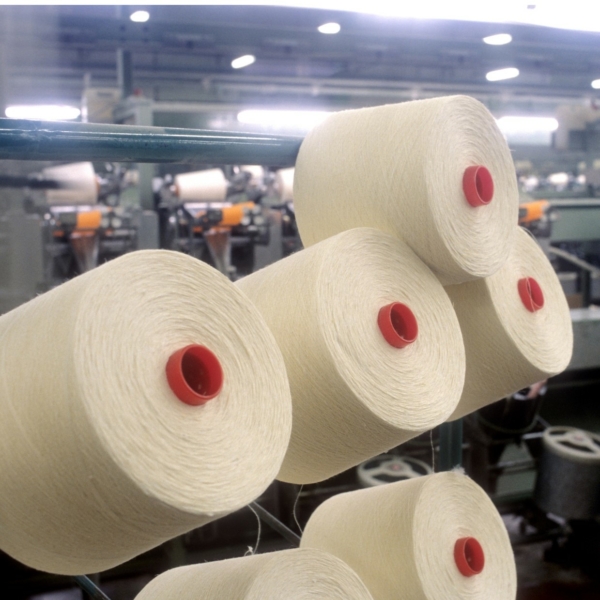
Hemp is emerging as one of the most popular materials. Its local production, low water consumption, the growing desire to establish short supply chains, and the ecological advantages of hemp all combine to promote its use in textiles. The pandemic has reinforced this desire for hemp products.
With the ambition of producing a 100% hemp yarn of exceptional fineness, developments are currently underway. The integration of hemp could be gradual, with textiles containing 25 or 35% hemp already available today. Yarns are already available in a cotton-hemp blend. Hemp fiber can be blended with other materials, particularly cotton, either as an intimate blend or during weaving. At present, this results in a material that is still somewhat rough. If it is not suitable for contact with the skin, it can still be used for accessories such as bags and as a replacement for jute,” explains Sylvia Maucort.
“To meet the needs of manufacturers, we need to offer a wide range of yarns so that they can carry out tests. We also need to work on the characteristics of the fibers to define their technical properties and specific features. This will enable us to meet the needs of the clothing and technical textiles markets.”
Developing industrial tools that are lacking in the region
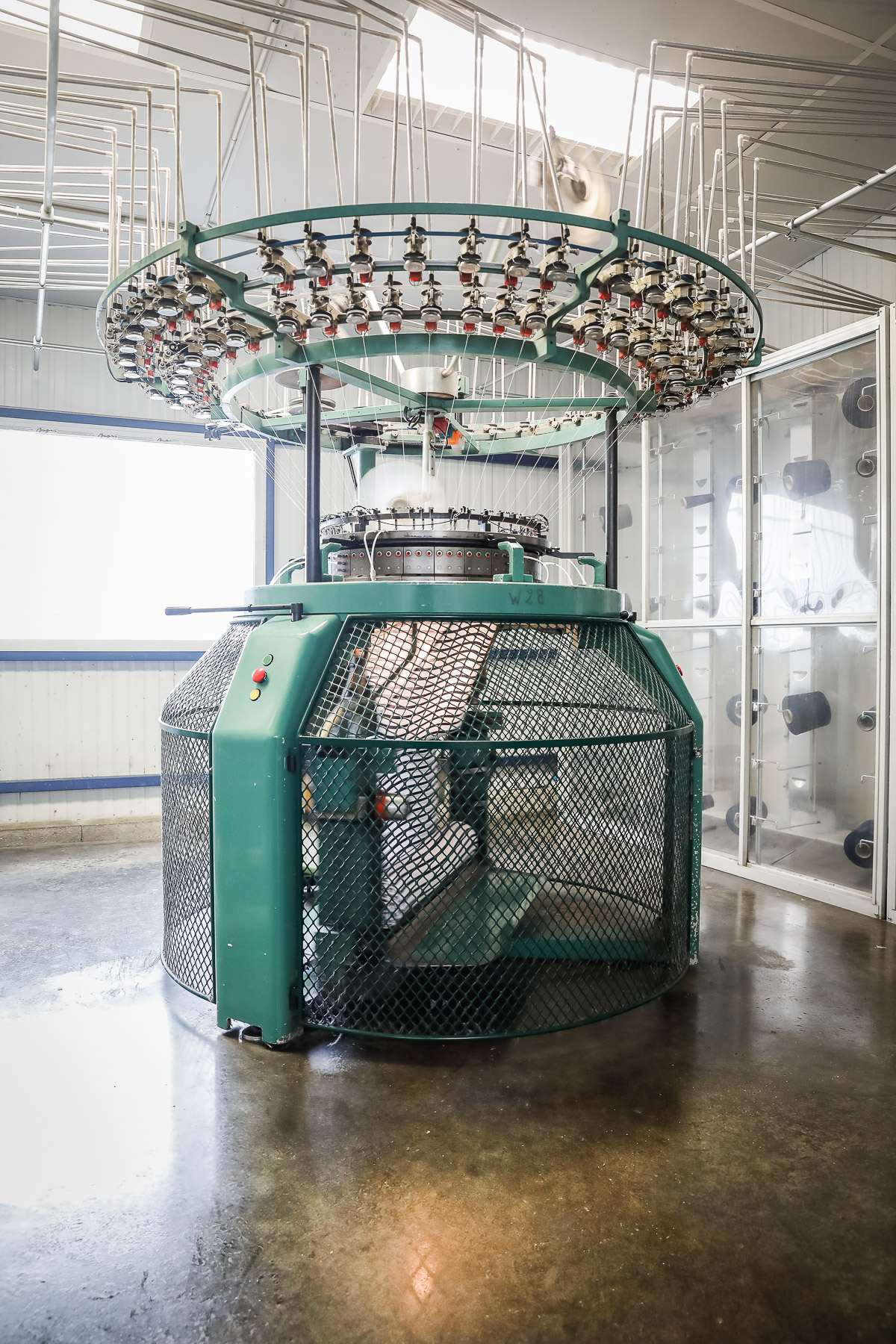
Today, the fibers are sent to Spain or Turkey to be processed into yarn. This complicates development and research. “We have
a backlog to catch up on. Laboratory testing should help streamline projects and increase autonomy in terms of planning the necessary financing.
The Hemp European Hub acts as a catalyst for the deployment of hemp in textiles. It enables needs to be identified so that supply can meet market expectations. It connects all stakeholders in the bioeconomy as part of the structuring of a global ecosystem around hemp.
